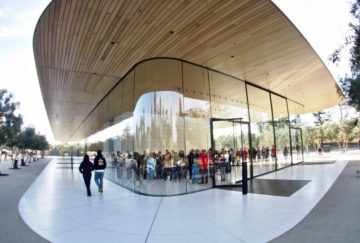 A forum over at The Boston Review with a lead piece by Dan Breznitz:
A forum over at The Boston Review with a lead piece by Dan Breznitz:
At summer’s dog days I travel to Cobalt in Northern Ontario. Created overnight by the discovery of rich silver deposits in 1903, the town set off a mining boom; between 1905 and 1914 alone more people than Canada’s entire population at the time traveled there by train. The area became fabulously rich, but when the silver ore dwindled it all ended as quickly as it started. Today Cobalt has barely 1,100 inhabitants, one grocery store, one pub, one diner, and no train station. At the same time, Cobalt’s mining boom helped to transform another Ontario town, some 300 miles to the south, into a bustling, modern metropolis. The silver rush needed clever financing, a stock market, and a trading center; thus Toronto’s still-thriving financial center was born.
The story of Cobalt exemplifies a familiar pattern of local economic boom and bust, one only worsened by the rise of our current version of globalization at the end of the twentieth century. Since the 1970s, local communities across the world, and in the United States in particular, have struggled to achieve innovation-based, inclusive prosperity. One-time innovation hubs—Cleveland in the United States and Lyon in France—have fallen into a vicious cycle of decline. Worse, our celebrated success stories, such as Silicon Valley in the early days of Apple, have proved fleeting as good local jobs for people with all skill levels give way to inequality, gentrification, and poverty. Now, in the wake COVID-19, the question of how to achieve local economic growth has taken on even greater urgency.
More here.
